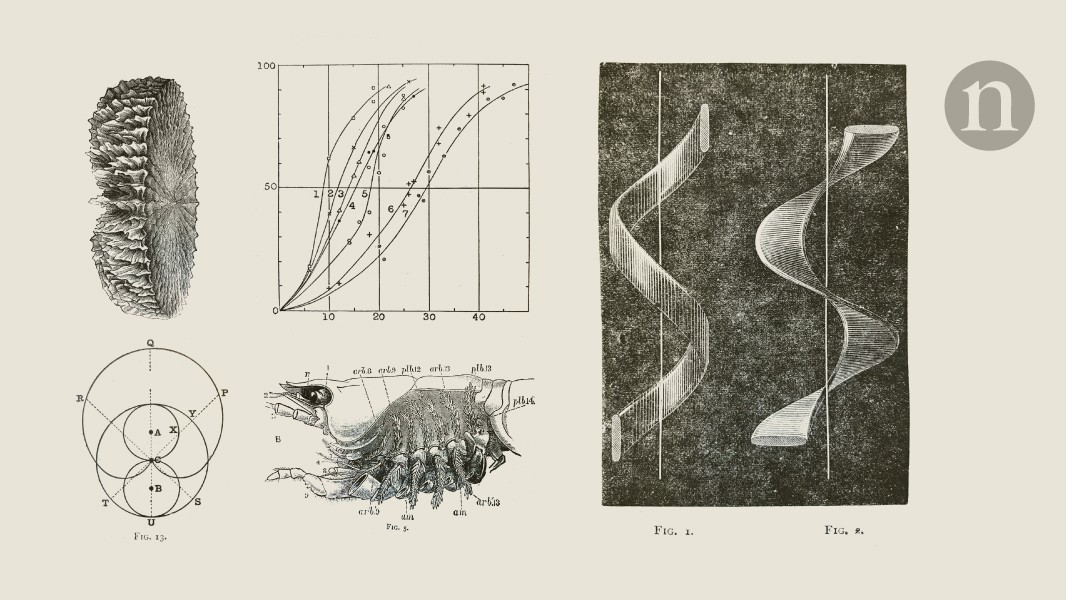Chimpanzees can keep a rhythmic beat
Drumming on the roots of trees is incorporated into their pant-hoots. The post Chimpanzees can keep a rhythmic beat appeared first on Popular Science.

Not to be outdone by Ronan the beat-keeping sea lion or woodpeckers in the forest, some chimpanzees are also able to keep a beat and use regular spacing between drum hits. Over 300 observations of two distinct subspecies–eastern and western chimpanzees–show that the primates can drum with distinguishable rhythms. The findings are detailed in a study published May 9 in the Cell Press journal Current Biology and suggest that the building blocks of our species’ ability to write music likely arose in a common ancestor that Homo sapiens share with chimpanzees.
“Based on our previous work, we expected that western chimpanzees would use more hits and drums more quickly than eastern chimpanzees,” Vesta Eleuteri, a study co-author and cognitive biologist at the University of Vienna in Austria, said in a statement. “But we didn’t expect to see such clear differences in rhythm or to find that their drumming rhythms shared such clear similarities with human music.”
[ Related: Chimp conversations can take on human-like chaos. ]
A 2022 study from the same research team showed that chimpanzees can drum on the buttress roots of trees. Drumming on these large tree roots that grow above the soil can produce low frequency sounds. The team suggests that these percussive patterns are used to send information to other chimps over both long and short distances.
“Our previous study showed that each chimpanzee has their own unique drumming style and that drumming helps to keep others in their group updated about where they are and what they’re doing—a sort of way to check in across the rainforest,” Eleuteri said. “What we didn’t know was whether chimpanzees living in different groups have different drumming styles and whether their drumming is rhythmic, like in human music.”
In this new study, Eleuteri joined forces with Catherine Hobaiter of the University of St. Andrews in the UK and Andrea Ravignani of Sapienza University in Italy, as well as other chimpanzee researchers from around the world. They studied 371 drumming bouts in 11 wild chimpanzee communities, including six populations and two subspecies. They tested whether chimps drum rhythmically or show regional variation in drumming and how it integrates with their loud and structurally complex vocalizations called “pant-hoots.”
They analyzed the drum patterns and found that chimpanzees can drum with rhythm. The timing of their hits is often easily spaced and does not appear to be random. There were also different patterns in the Eastern subspecies (Pan troglodytes schweinfurthii) and Western subspecies (Pan troglodytes verus). Western chimpanzees used evenly spaced hits and hit their “drums” more, using a faster tempo, and integrated the drumming into their pant-hoot vocalizations earlier. Eastern chimpanzees more frequently alternated between hits and at shorter and longer time intervals.
“Making music is a fundamental part of what it means to be human—but we don’t know for how long we have been making music,” says Hobaiter. “Showing that chimpanzees share some of the fundamental properties of human musical rhythm in their drumming is a really exciting step in understanding when and how we evolved this skill. Our findings suggest that our ability to drum rhythmically may have existed long before we were human.”
The post Chimpanzees can keep a rhythmic beat appeared first on Popular Science.






















































































































































